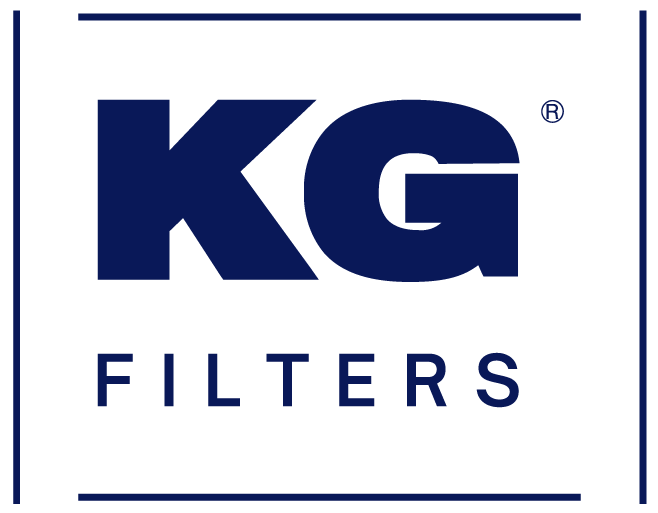An instrument with planetary gears has their output shaft and input shaft aligned. The torque density was introduced to describe how planetary gearboxes are used to transmit the most torque in the smallest form.
Compared to a traditional pinion-and-gear reducer, planetary gearing is always more compact due to its in-line shafting and cylindrical assembly. These are excellent candidates when weight, space, torque, and reduction are the main considerations. In addition to being used in bulldozer powertrains, these sets are also used in electric screwdrivers. More information is needed to fully grasp the functionality of a planetary gearbox. Understanding how planetary gearboxes are built reveals some of their less-obvious properties.
An acceleration hub on a bicycle is a basic example of planet-wheel wheels.
Do you ever wonder how so much power and capability can be squeezed into such a small wheel? A planetary gearbox utilizes a single-stand for a three-speed hub and a two-strand for a five-speed hub. There are three types of gear sets on planets: reduction, acceleration, and direct coupling.
Why Is it called as planetary gearbox?
Several gears in the planetary gearbox move together as a set of gears. Several planetary gears are observed in a planetary gearbox: one for the satellite (ring), one for the sun (solar), and one or more for the planet. Sun gears in the planet carrier move the Planet gears attached to the output shaft, which form the output shaft when the sun gear is running. With respect to the outside components, the satellite gear is always located in the same place. That is the origin of the term planetary solar arrangement, which looks like our solar system. What helped was that ancient gear structures were employed widely in astrology for mapping and following the celestial bodies.
What Is the Function of a Planetary Gearbox?
The planetary gearbox is ideal for servo applications because it combines the benefits of a long performance life with a low maintenance requirement. Planetary gearboxes are more compact than other device forms, so they provide a great deal of torque transmission while also adding stiffness and low noise.
The planetary gearbox also contains a central gear called “the sun” -also known as the sun gear. Normally, this gear is connected to the input shaft. In addition to the planet, there are also outer gears around the edges. Featuring a ring component that encircles the planet components, the formation as a whole looks like a planet. An output shaft is attached to the carrier that holds the planet gears.
Planetary gearboxes are relatively simple – they consist of sun gear in the center, an outer ring, a carrier, and planetary gears. A solar-powered gearbox is driven by the input power. There is a standard mesh between the planetary gears and the sun gear, and the planetary gears turn according to their axes as the sun gear rotates.
The ring and planetary gears are connected, which results in planetary parts rotating around the sun gear. The carrier preserves the basic form of the planetary gears while setting their gaps. Incorporating the output shaft into the carrier, it rotates with the planetary parts.
Three basic parts make up a planetary gear set:
- This gear is situated at the center of the bike (central part)
- The ring gear (outer component)
A planetary gearbox consists of three parts that create a stage. There are double and triple stages available for greater ratios. A planetary gearbox can be powered by hydraulic motors, electric motors, diesel, or petrol engines.
Various types of planetary gearboxes
Planetary gearboxes are available in three different types, based on their performance, including wheel drive, shaft output, and spindle output. Below is an explanation of their characteristics.
Wheel Drive
A wheel-drive planetary gearbox is connected to the sun gear, which drives the surrounding planetary parts on a carrier. The planet gears rotate the outer ring gear when the sun gear is operated. There is an option to combine the wheels over the housing. It is possible to reduce the size of the system by connecting the wheel directly to the gearbox. Wheel-drive planetary gearboxes are suitable for torques up to 332,000 N.m.
Spindle Output
The planetary gearboxes with shaft outputs operate similarly, only the output is a flange rather than a shaft. The spindle drive is suitable for applications requiring torques up to 113,000 N.m.
Shaft Output
As a direct result of the sun gear, the planetary parts surround a shaft drive gearbox, which is mounted on a turning carrier. A fixed ring part is attached to the turning carrier that drives the shaft. A turning shaft follows a straight line from the housing to the machine. A shaft output gearbox is capable of delivering up to 113,000 N.m of torque.
If you need any help around the planetary gearbox, we will help you. Call us or make an inquiry today.

























